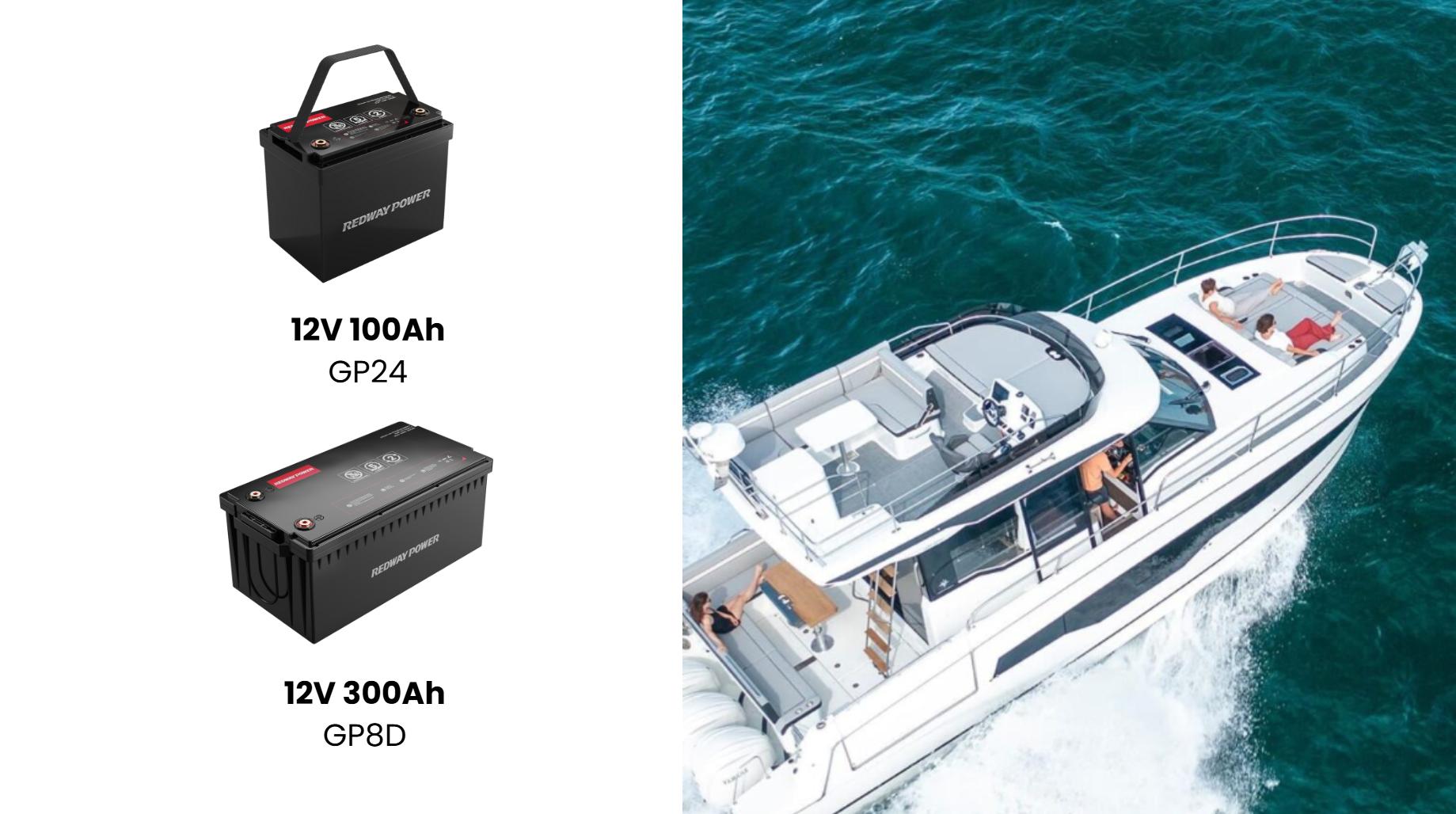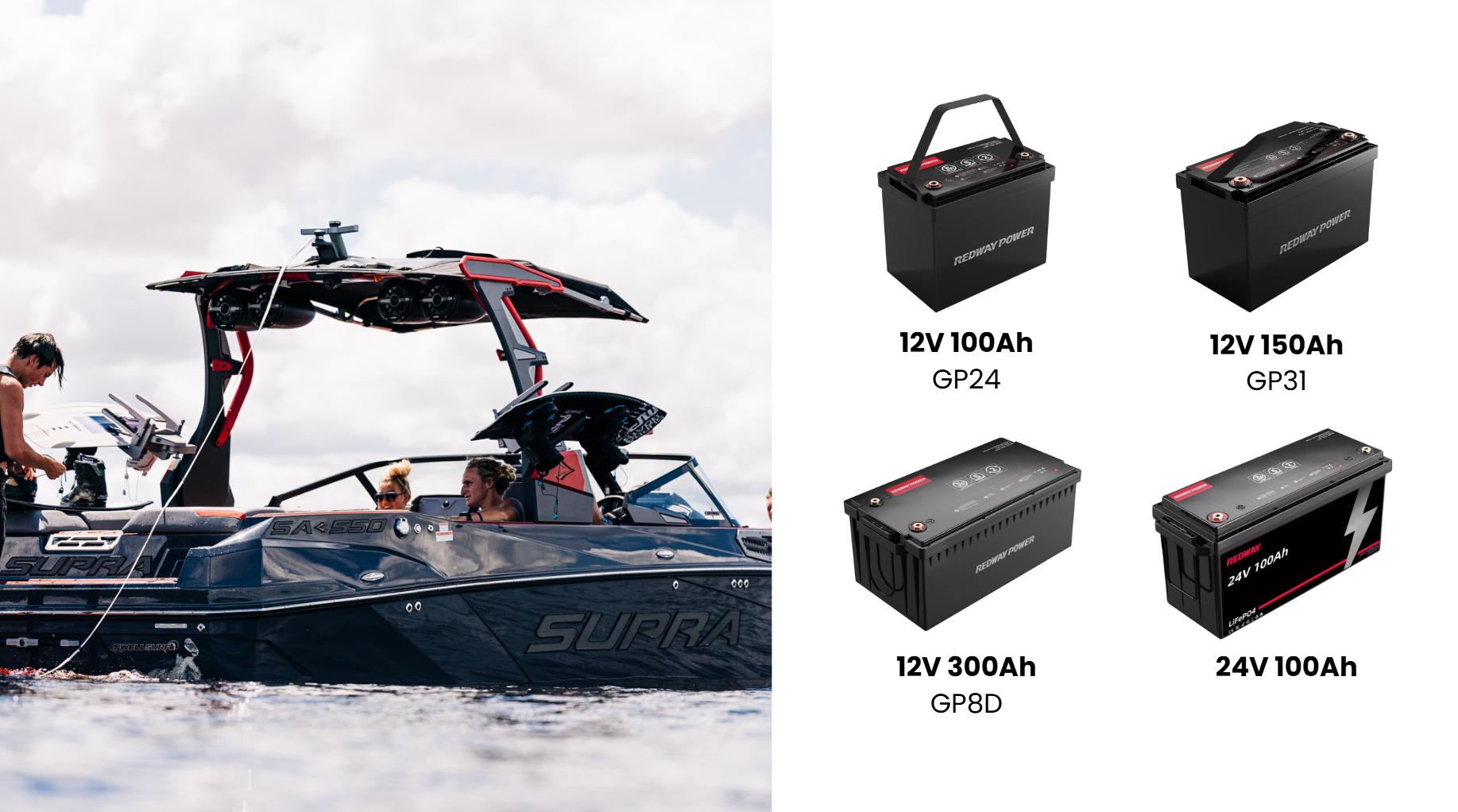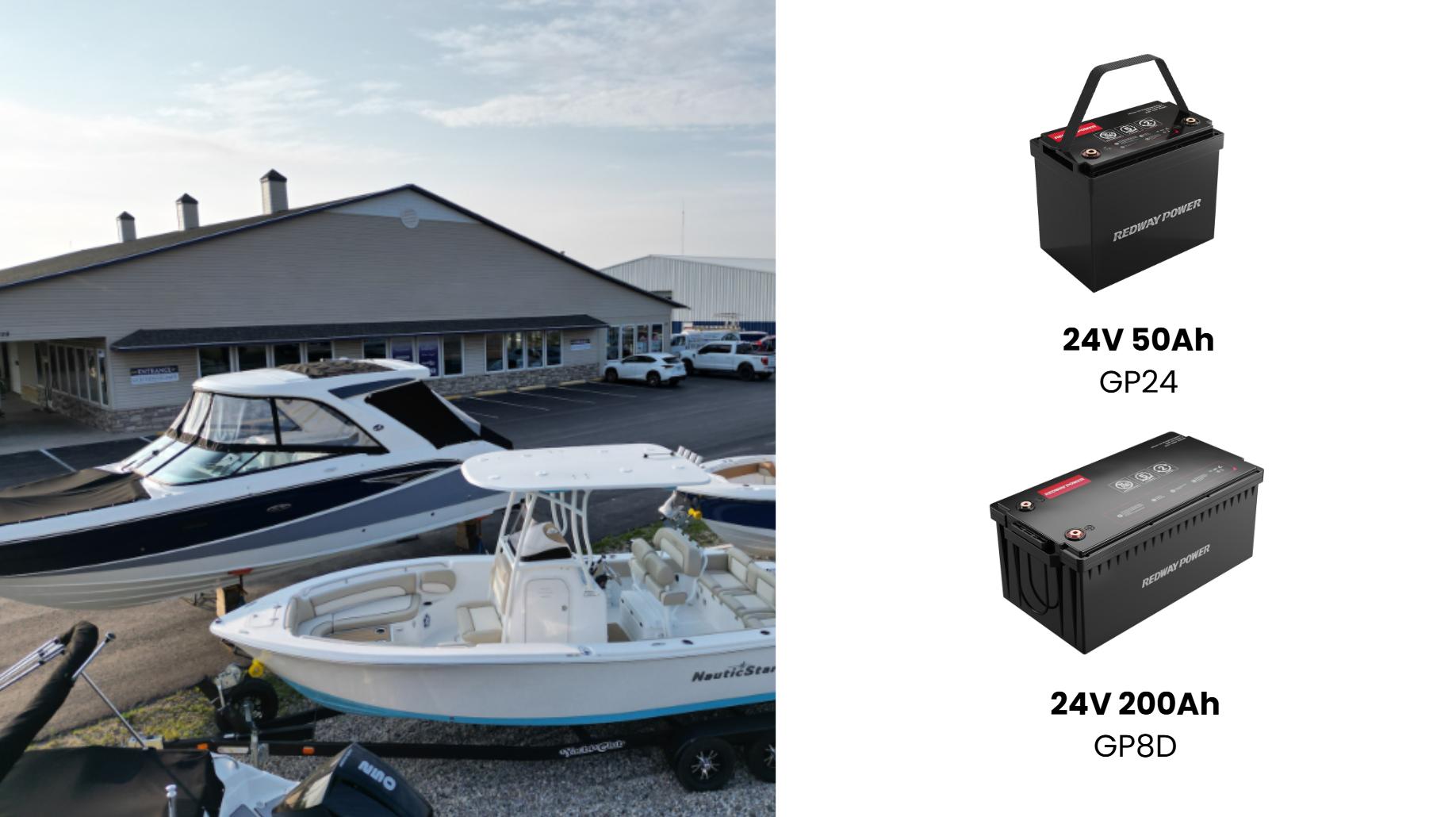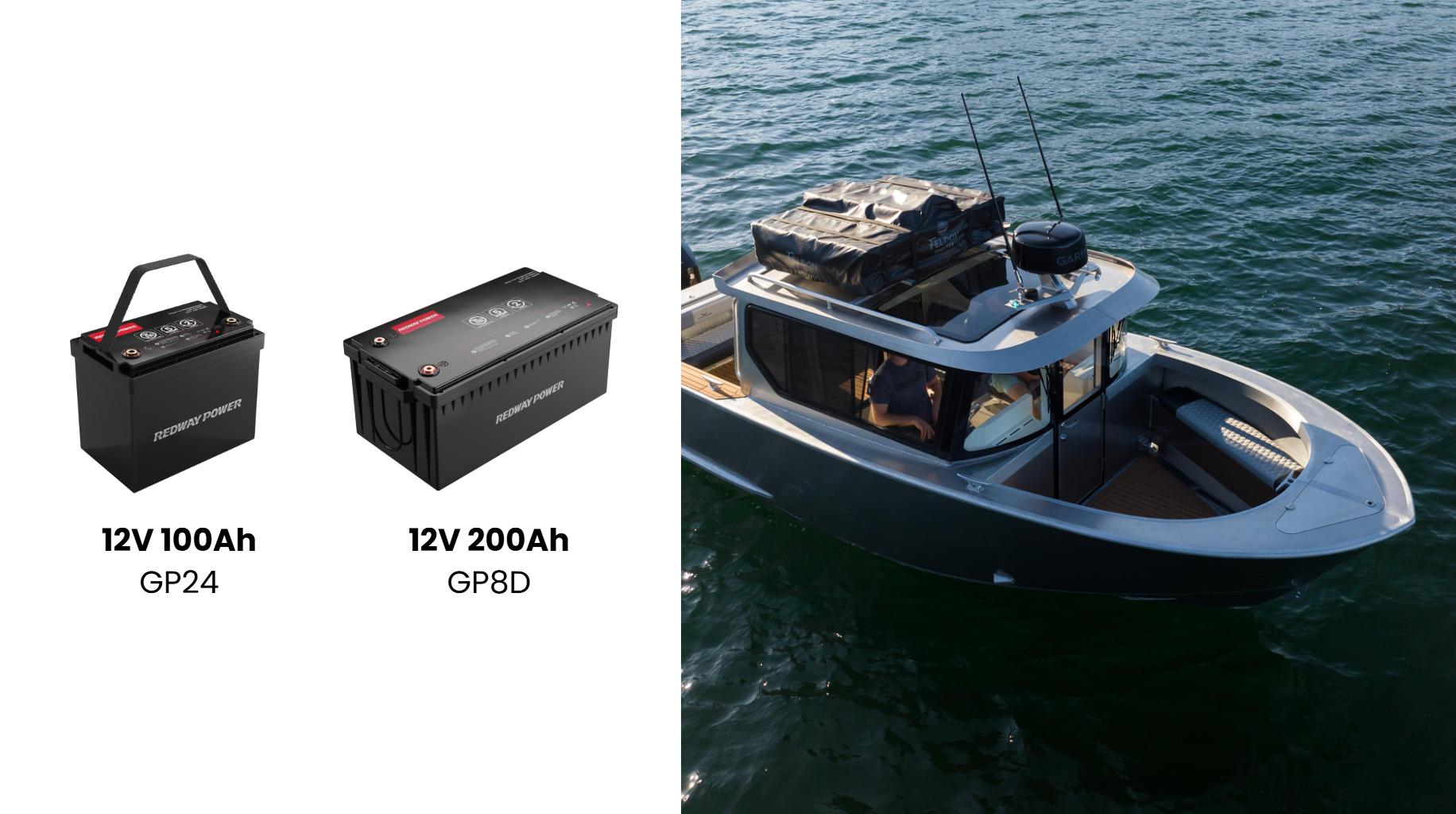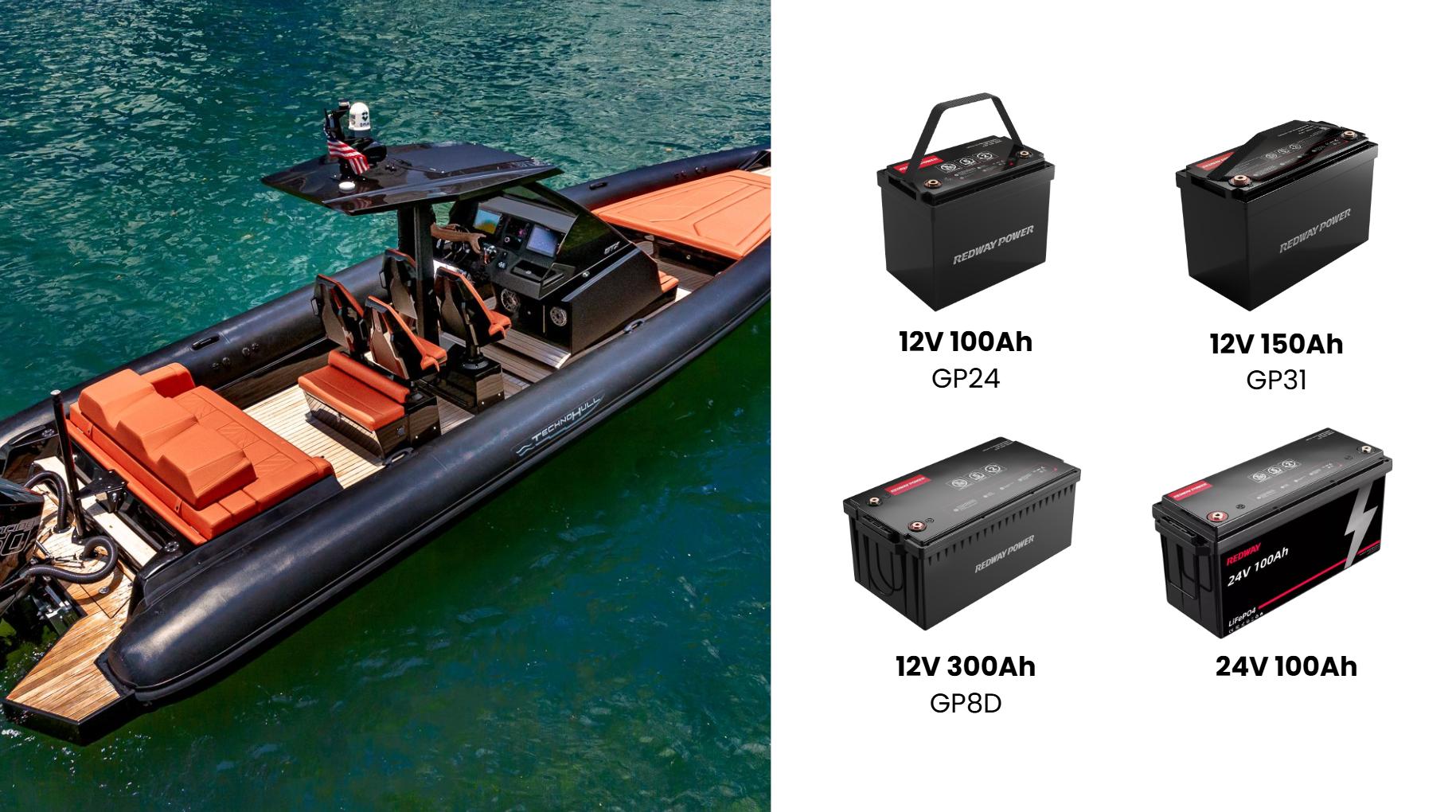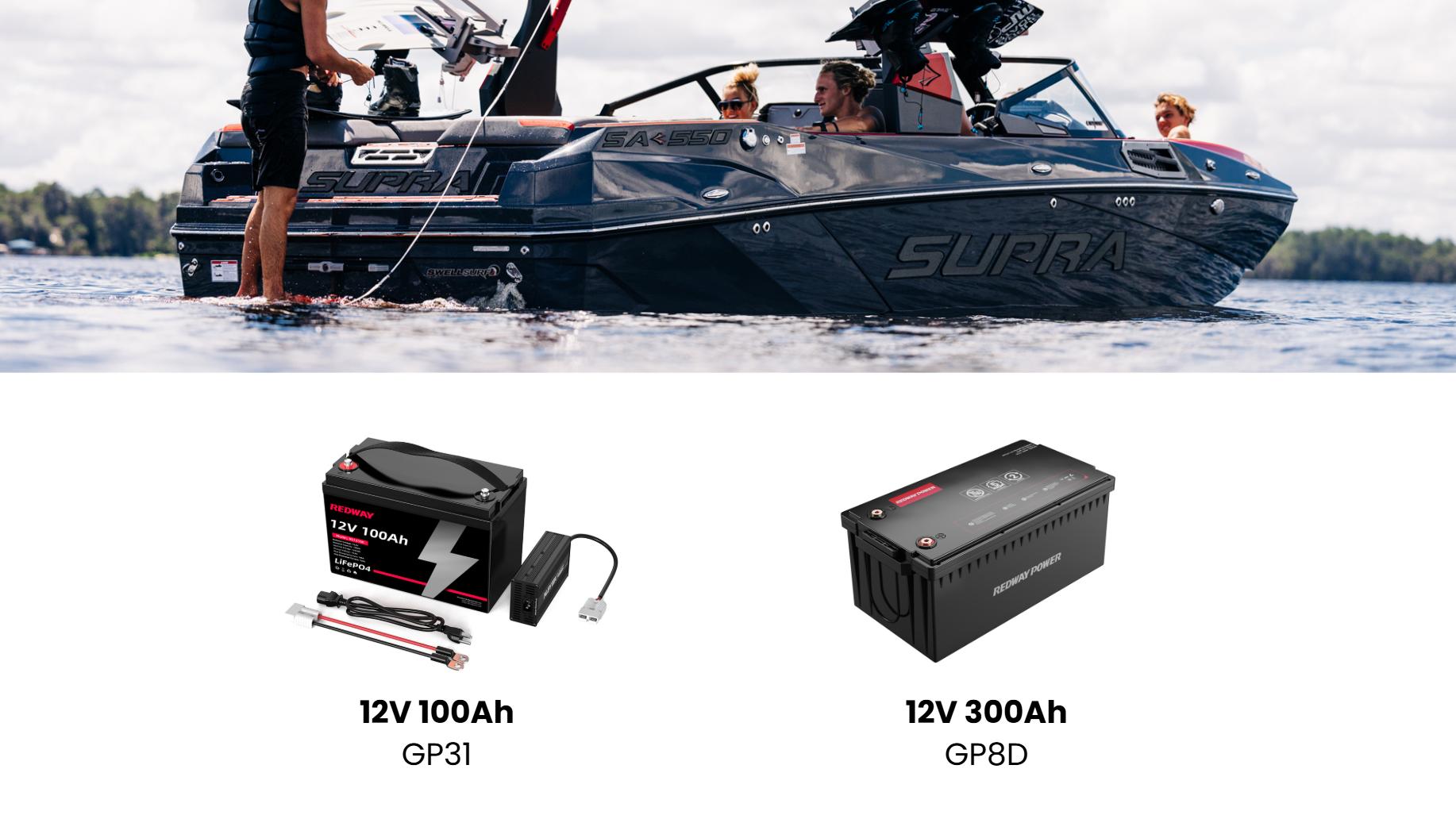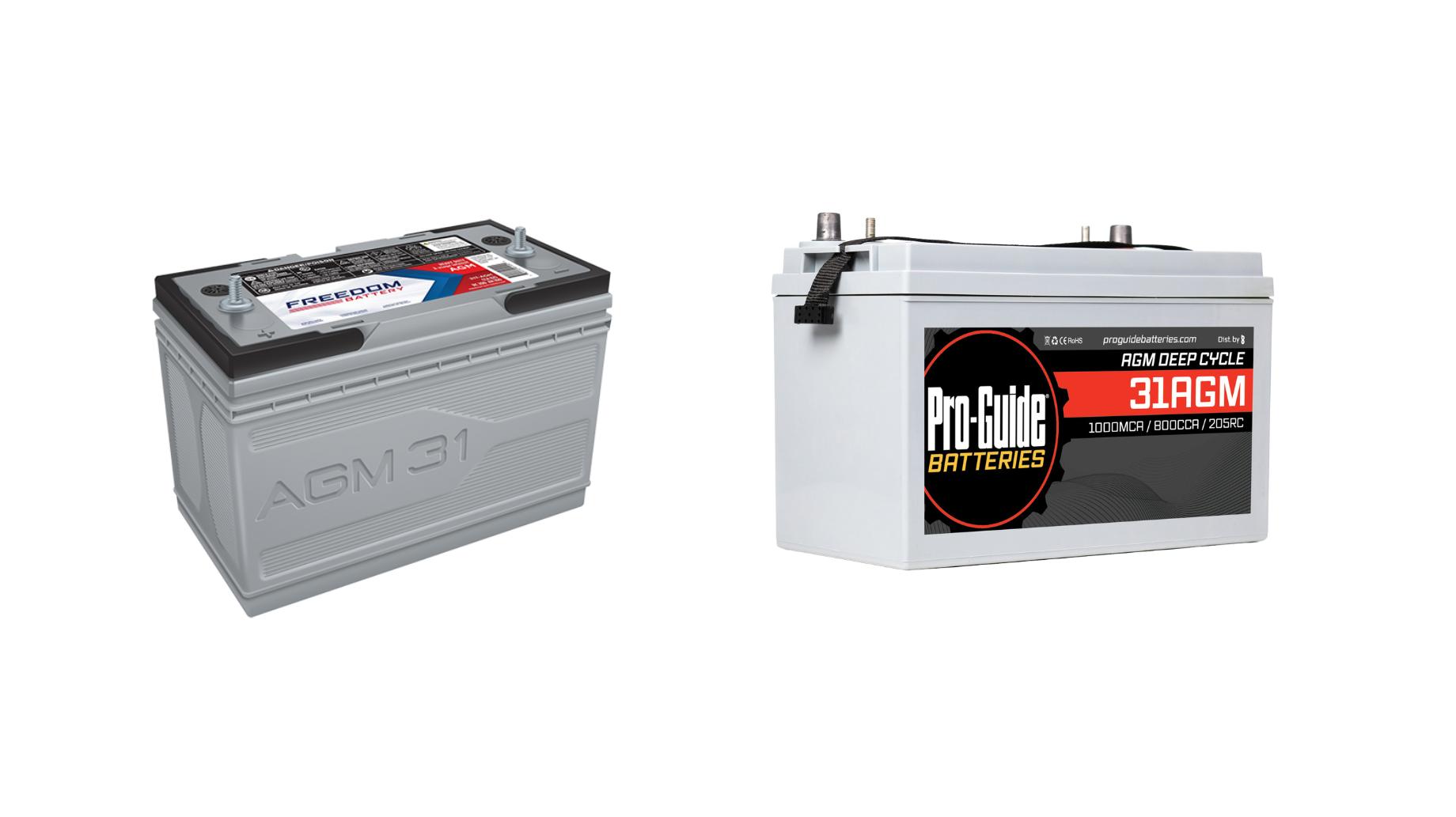What Makes a Deep Discharge Marine Battery Essential for Boating?
A deep discharge marine battery is designed to power boats by providing sustained energy over long periods, even when discharged up to 80%. Unlike standard batteries, its thick lead plates and robust construction prevent damage from frequent deep cycling. This makes it ideal for trolling motors, onboard electronics, and auxiliary systems, ensuring reliable performance in marine environments.
How Do Deep Discharge Marine Batteries Work?
These batteries use thick lead-acid plates and dense electrolytes to withstand repeated energy depletion and recharge cycles. They prioritize capacity (measured in amp-hours) over short bursts of power, allowing them to deliver steady voltage even at low charge levels. Advanced designs, like AGM or gel cells, immobilize electrolytes to reduce spillage and enhance durability in rough waters.
What Are the Key Features of AGM vs. Flooded Deep Discharge Batteries?
AGM Batteries: Absorbent Glass Mat (AGM) technology traps electrolytes in fiberglass mats, making them spill-proof, vibration-resistant, and maintenance-free. They charge faster and perform better in cold temperatures. Flooded Batteries: Use liquid electrolytes, require regular watering, and are cost-effective but prone to sulfation if neglected. AGM suits harsh marine conditions; flooded is budget-friendly for moderate use.
Why Is Proper Maintenance Critical for Marine Battery Longevity?
Neglecting maintenance accelerates sulfation (lead sulfate crystal buildup), reducing capacity. For flooded batteries, check electrolyte levels monthly and top up with distilled water. Clean terminals to prevent corrosion, and use a smart charger to avoid overcharging. AGM batteries need periodic voltage checks but no watering. Store batteries fully charged to prevent degradation during off-seasons.
Which Top Brands Dominate the Deep Discharge Marine Battery Market?
Renowned brands include Lifeline AGM (high cycle life), Optima BlueTop (dual-purpose starting/deep cycling), and Vmaxtanks (affordable AGM options). Trojan T-105 flooded batteries remain popular for golf carts and small vessels. Brands like Battle Born Lithium offer lightweight, long-lasting lithium-ion alternatives, though at a higher upfront cost.
How to Safely Install a Deep Discharge Marine Battery?
Secure the battery in a ventilated, corrosion-resistant tray to prevent movement. Use marine-grade cables and lugs for connections, ensuring terminals are tight and insulated. Position batteries away from fuel lines and bilge areas. For multiple batteries, use a battery switch or isolator to manage charging sources and avoid cross-discharge.
What Environmental Impacts Do Marine Batteries Have?
Lead-acid batteries contain toxic materials but are 99% recyclable. Improper disposal risks soil and water contamination. Lithium-ion batteries have lower toxicity but require specialized recycling. Always return used batteries to certified recyclers. Some manufacturers, like Interstate Batteries, offer take-back programs to reduce environmental harm.
Can Deep Discharge Batteries Integrate with Solar Marine Systems?
Yes. Deep discharge batteries pair well with solar panels, storing energy for nighttime or cloudy days. Use a charge controller to regulate input and prevent overcharging. AGM batteries are preferred for solar setups due to their low self-discharge rate (1-3% monthly) and ability to handle partial state-of-charge cycling.
Expert Views
“Marine batteries thrive on consistency. A 12V battery should never drop below 10.5V—use a battery monitor to track discharge depth. For lithium-ion, a Battery Management System (BMS) is non-negotiable. Hybrid systems combining AGM and solar are the future, cutting fuel costs by 40% in liveaboard scenarios,” says marine engineer Dr. Elena Torres from Redway.
Conclusion
Deep discharge marine batteries are indispensable for reliable boating power. Choosing between AGM, flooded, or lithium depends on budget and usage intensity. Regular maintenance and proper installation maximize lifespan, while eco-friendly disposal mitigates environmental harm. As solar integration advances, these batteries will remain central to sustainable marine energy solutions.
FAQs
- How long do deep discharge marine batteries last? 4–6 years with proper care; lithium variants last up to 10 years.
- Can I use a car battery instead? No—car batteries lack deep cycling capability and fail under sustained loads.
- What’s the ideal charging voltage? 14.4–14.6V for AGM, 14.1–14.4V for flooded, per manufacturer specs.

